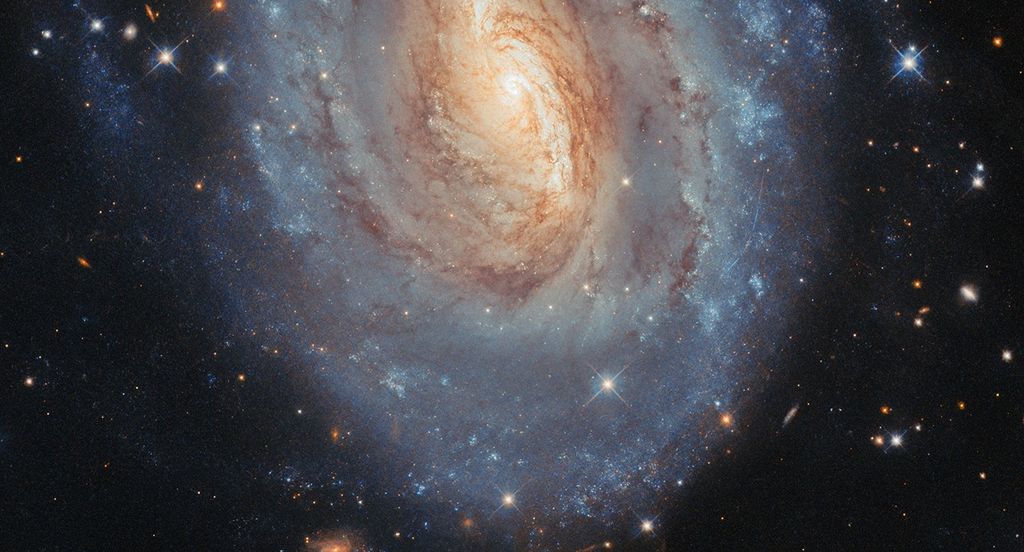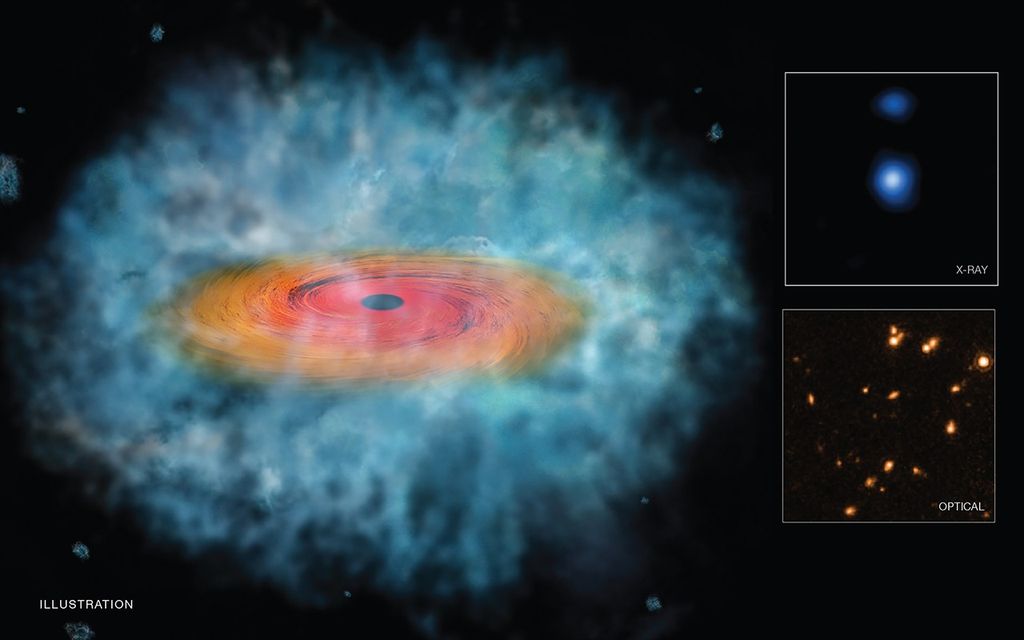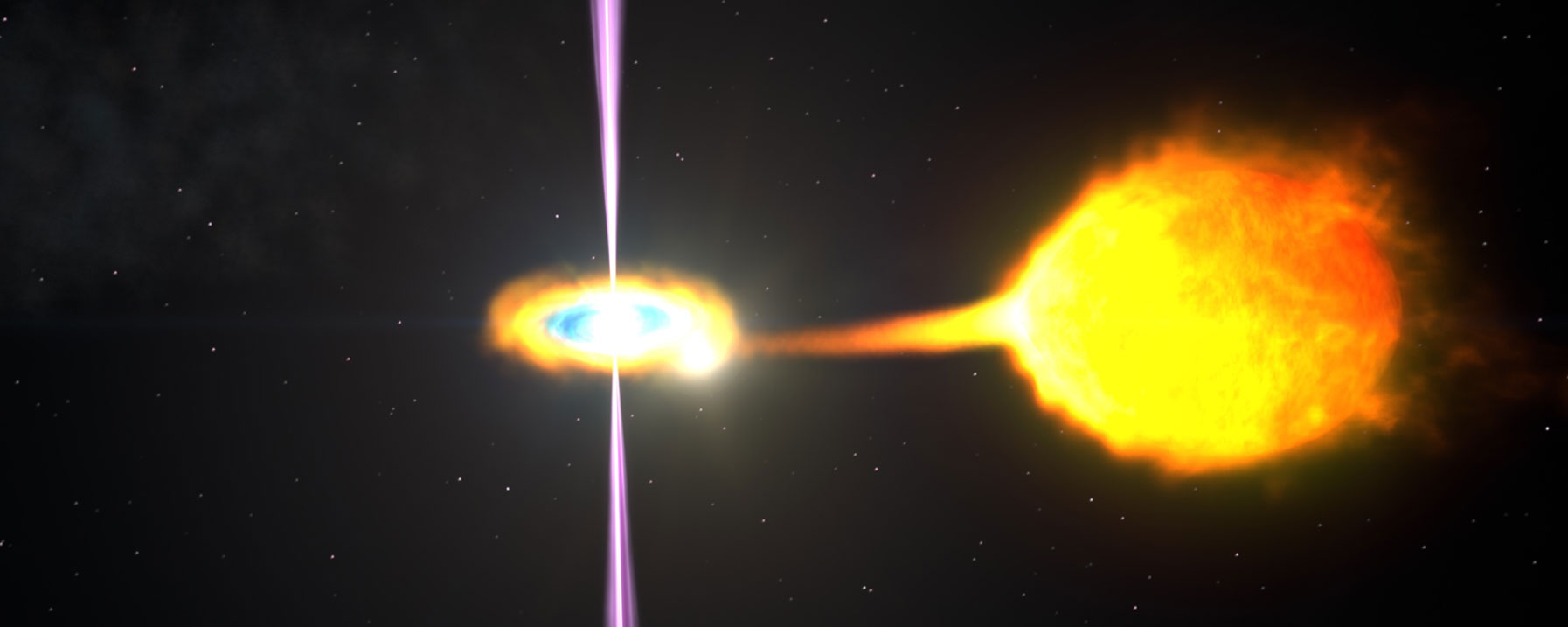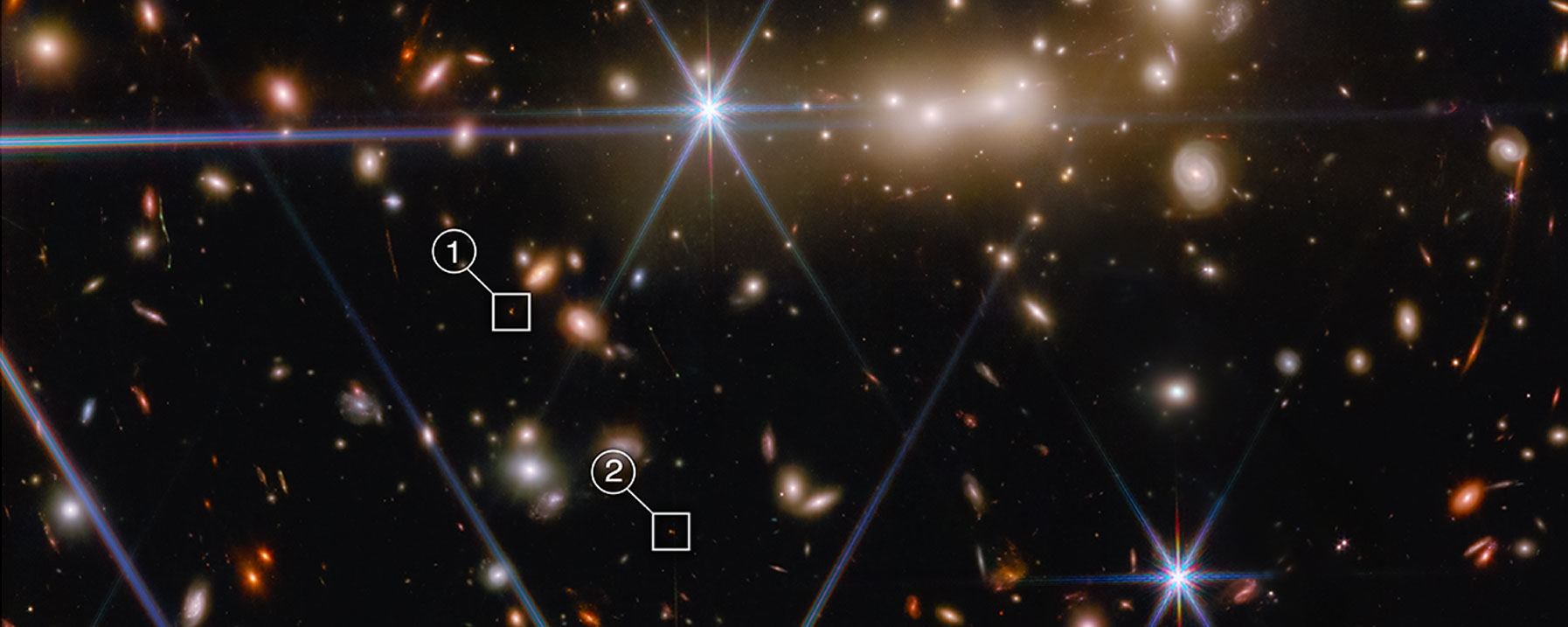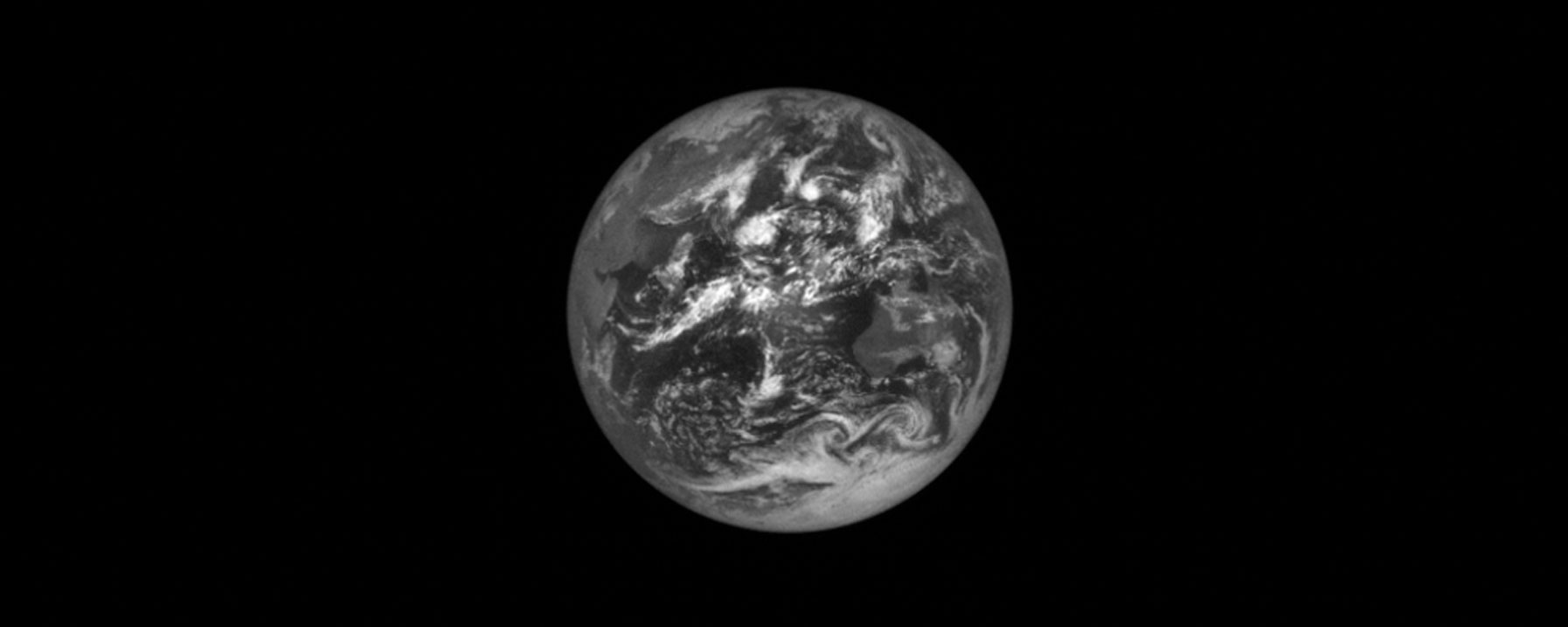Week of October 24 – October 28, 2022

NASA’s InSight Lander Detects Stunning Meteoroid Impact on Mars
NASA’s InSight lander recorded a magnitude 4 marsquake last Dec. 24, but scientists learned only later the cause of that quake: a meteoroid strike estimated to be one of the biggest seen on Mars since NASA began exploring the cosmos. What’s more, the meteoroid excavated boulder-size chunks of ice buried closer to the Martian equator than ever found before – a discovery with implications for NASA’s future plans to send astronauts to the Red Planet.
How Did NASA Test the Artemis Moon Rocket for Launch?
Artemis I is the test flight of NASA’s Space Launch System (SLS) rocket and Orion spacecraft. This mission will prepare NASA to send the first woman and the first person of color to the Moon. Testing of the rocket, systems, and teams had to be done to prepare SLS for liftoff. Watch to learn how NASA engineers and technicians put SLS to the test before launch day.
Powerful Neutron Star’s Behavior Surprises IXPE Researchers
In February, NASA’s Imaging X-ray Polarimetry Explorer (IXPE) observed its first accreting neutron star: Hercules X-1, more than 21,000 light-years from Earth. Now a new study based on those observations has upended traditional assumptions about neutron stars and the interior processes that drive these ultra-powerful objects.
Webb Offers Never-Before-Seen Details of Early Universe
NASA’s James Webb Space Telescope was specially designed to detect the faint infrared light from very distant galaxies and give astronomers a glimpse at the early universe. The nature of galaxies during this early period of the universe is not well known nor understood. But with the help of gravitational lensing by a cluster of galaxies in the foreground, faint background galaxies can be magnified and also appear multiple times in different parts of the image.
NASA’s Lucy Spacecraft Captures Images of Earth, Moon Ahead of Gravity Assist
NASA’s Lucy spacecraft captured an image of Earth on Oct. 15 as a part of an instrument calibration sequence at a distance of 380,000 miles. The image includes a view of Hadar, Ethiopia, home to the 3.2 million-year-old human ancestor fossil for which the spacecraft was named.
For more information or to learn about other happenings at NASA’s Marshall Space Flight Center, visit NASA Marshall. For past issues of the ICYMI newsletter, click here.













